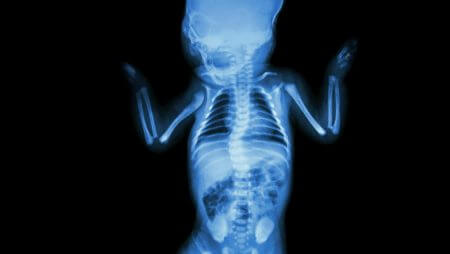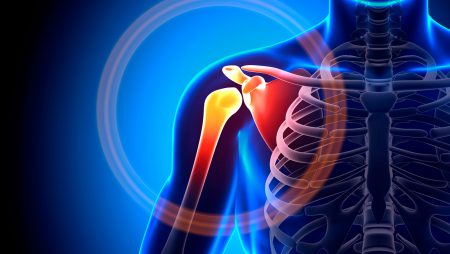The anterior cruciate ligament connecting the femur and tibia bones in the knee joint is very important for normal functioning. This prevents the tibia bone from shifting forward abnormally.
Often, anterior cruciate ligament injuries commonly encountered by athletes occur during a sudden turn on the fixed foot. As the sportsman has appeared after his own movements, there are rarely direct buckles, traffic accidents, high falls and industrial accidents.
Symptoms
A sudden sensation of rupture in the knee is accompanied by a severe pain. Sometimes the voice of the bond can be heard. The swelling due to the rapidly developing hemorrhage in the knee joint comes to the forehead. After that, movement in the knee is restricted. Within a few weeks, swelling and pain are reduced. Knee movements are regained, but when sudden turns, there is a sense of gap in the knee when going down the stairs.
The treatment of anterior cruciate ligament injuries is surgery. Those who are not at high activity level in older patients, those who do not exercise, and those who have a feeling of dizziness in daily life do not need to be surgical treatment.
Anterior Cruciate Ligament Treatment
If the anterior cruciate ligament is detached from the adhered bone, it is secured in place of the fractured bone segment. The operation is performed arthroscopically, but open surgery is rarely necessary.
If the anterior cruciate ligament is torn apart by tearing apart the fibers, it is not possible to repair the bond in the form of fringed tissue. A new tissue and bond must be repaired during the operation. The ligaments of the muscles around the knee are used to repair the ligaments. The most appropriate tissue is the patellar tendon, which is taken from the bone block at both ends located at the front of the knee. It is also used to repair the bond in the tissues behind the knee and known as hamstring tendons.
Operation
Tissue to be used in bond repair is taken; then knee arthroscopy is performed to evaluate other tissues within the joint. If meniscus and articular cartilage are injured, necessary intervention is performed. The tunnel is opened to the bones of the knee joint and the path to pass the new vineyard is prepared. The graft is passed through this tunnel and is fixed in the bone tunnels at the appropriate tension. Metal and meltblown screws, crossed nails and u-shaped nails are used. These screws and nails hold the ligaments in place and are used for life as long as they do not cause any discomfort.
The operation lasts for 40-60 minutes. In order to clean the blood that accumulates in the knee joint, a thin plastic hose called drain is placed. A few days after the operation, the drain is also removed during dressing.
After Operation
The hospital is a few days away. After the anesthesia effect disappears, the patient is able to stand up with the crutches. Then, knee movements are started. After surgery, crutches are used for several weeks. After three weeks, he has gained full knee action. The tissue placed 1 year after anterior cruciate ligament surgery matures and becomes firm. With the permission of the doctor, it is possible to start the spore after 5th month.





